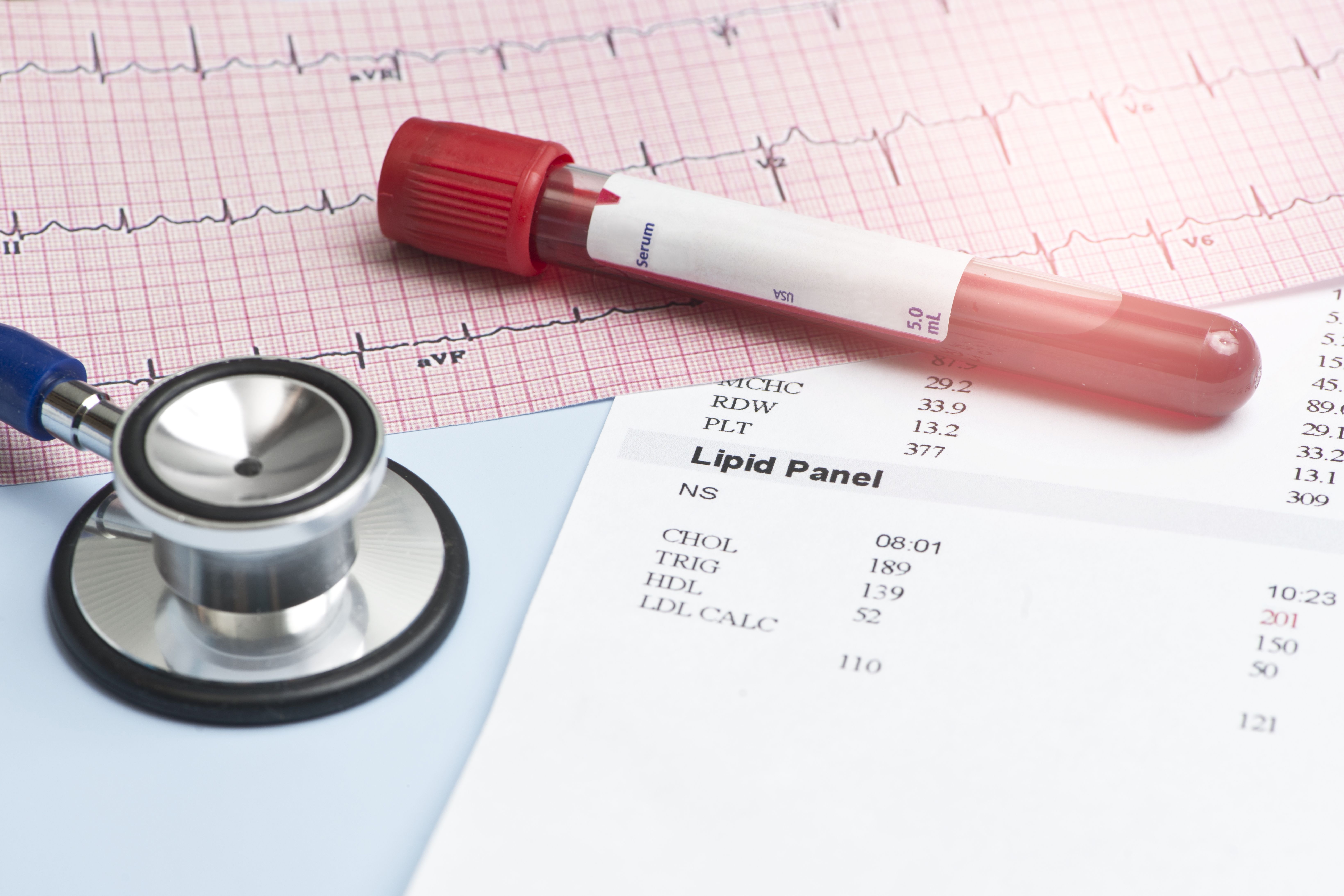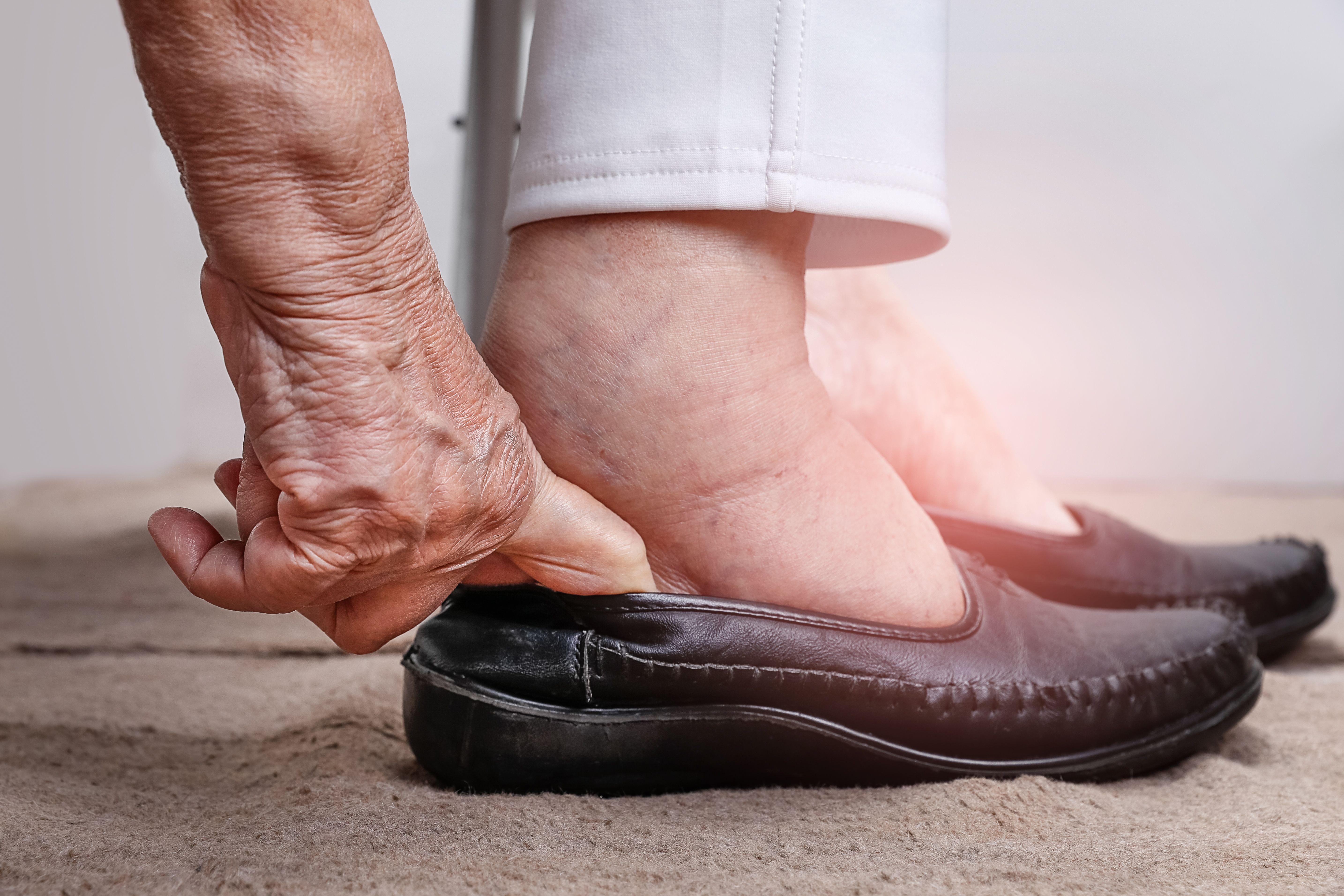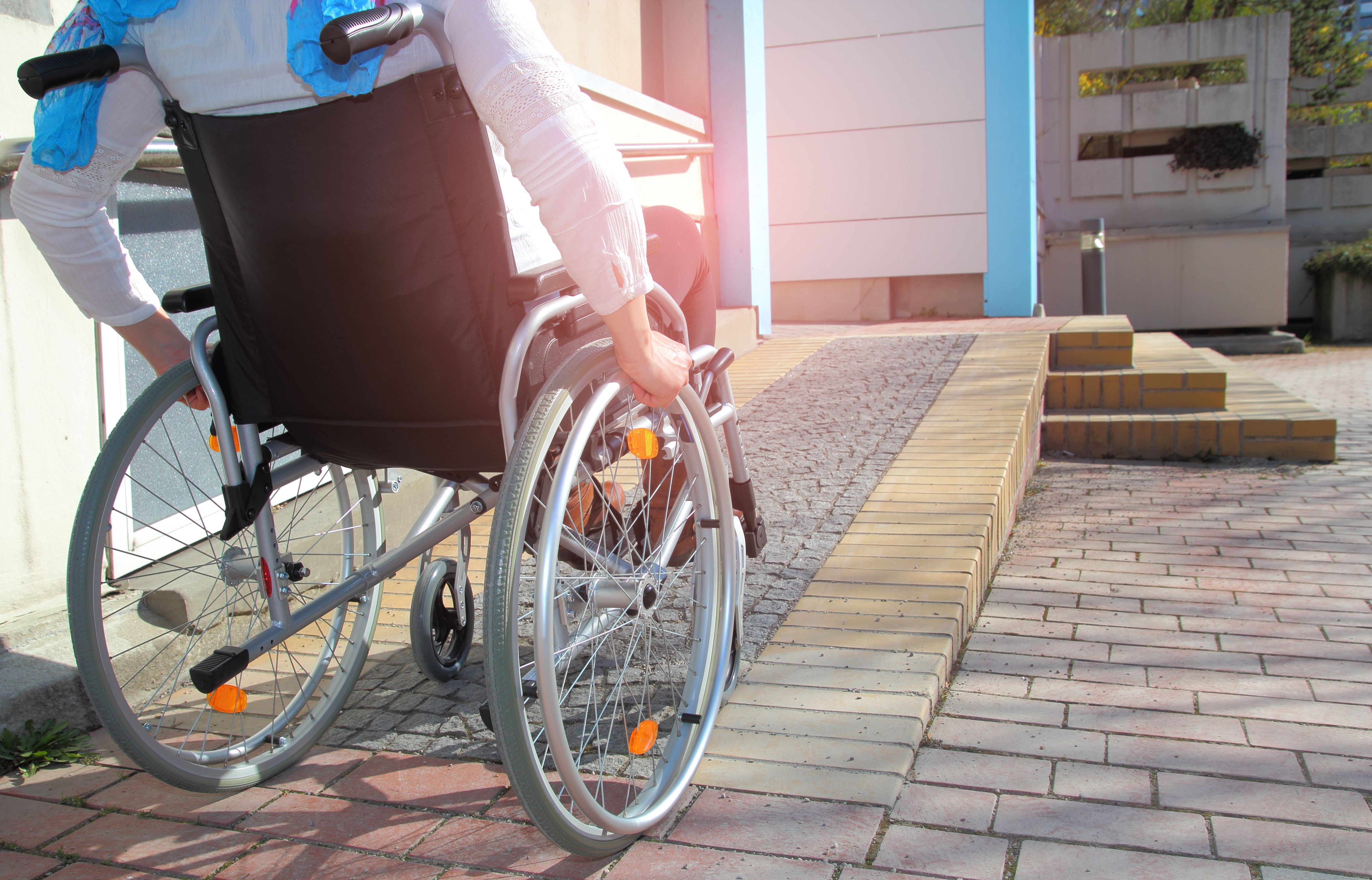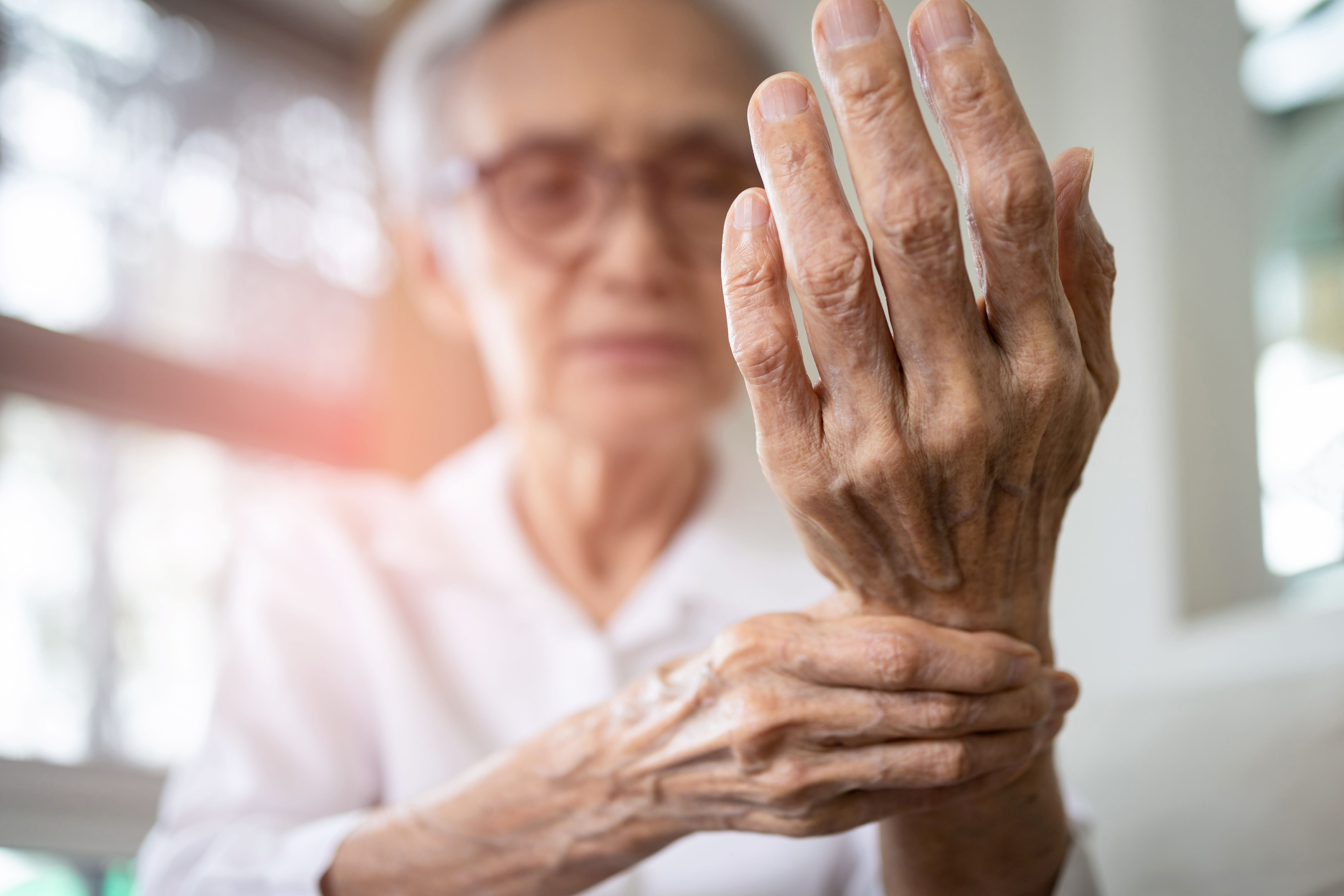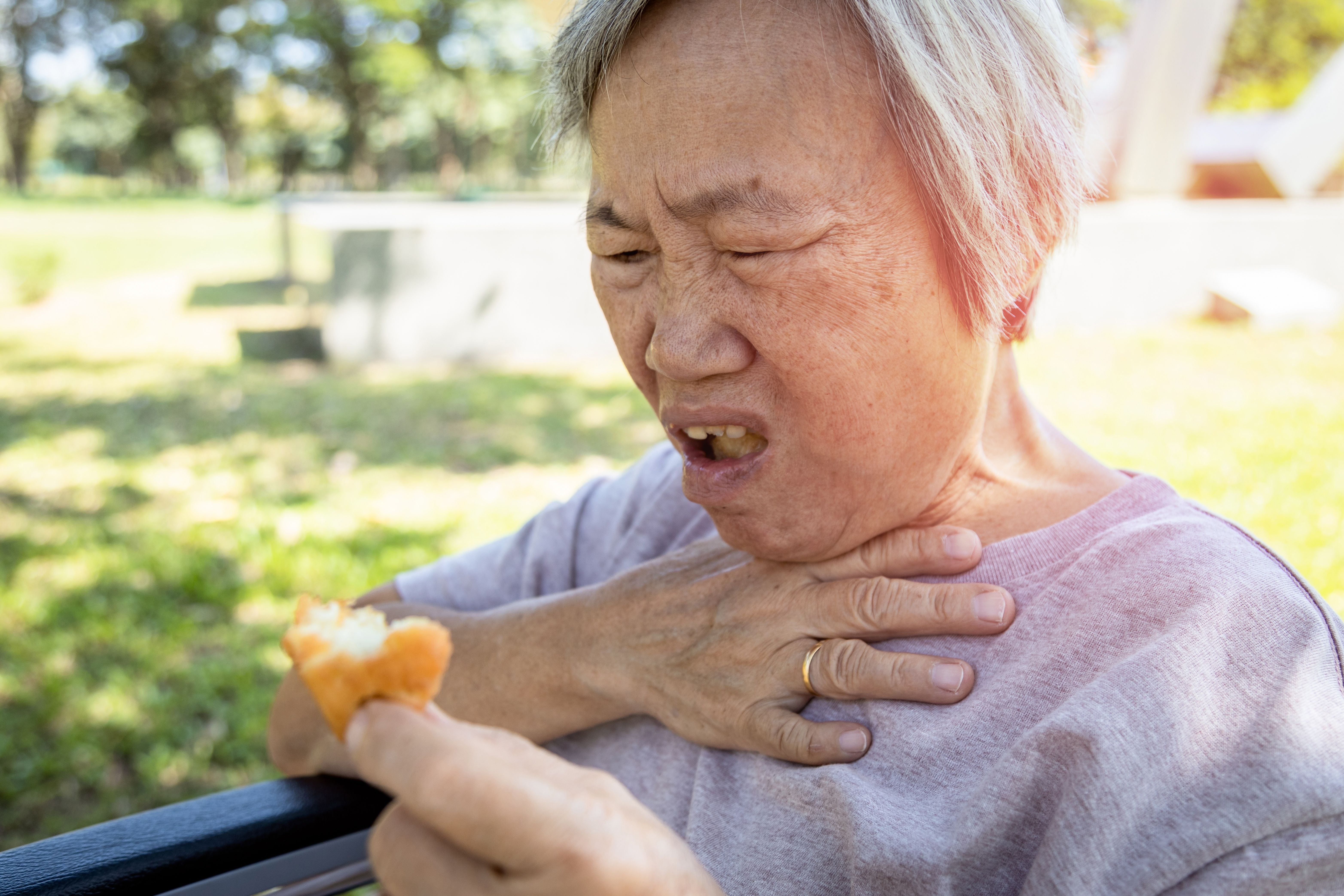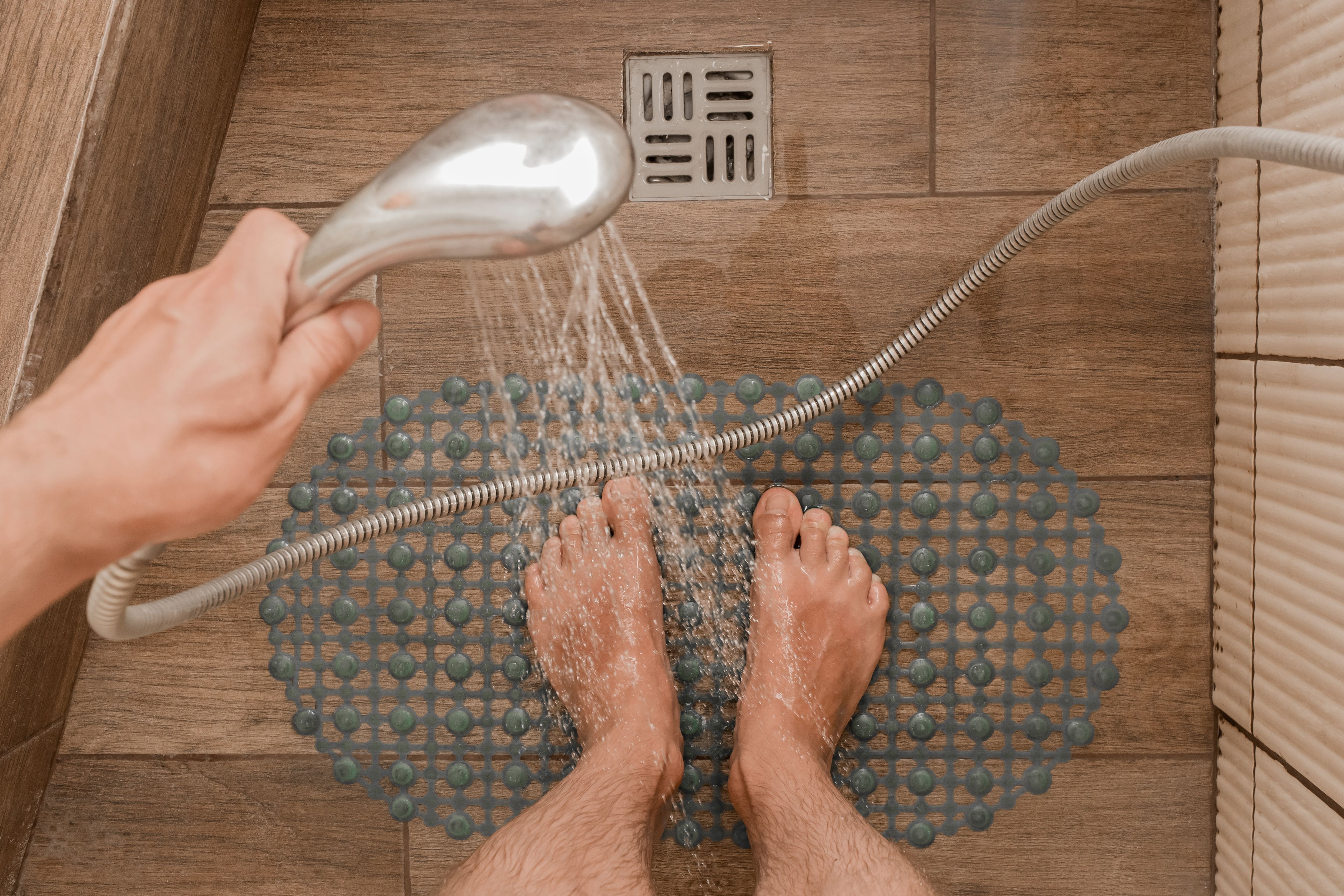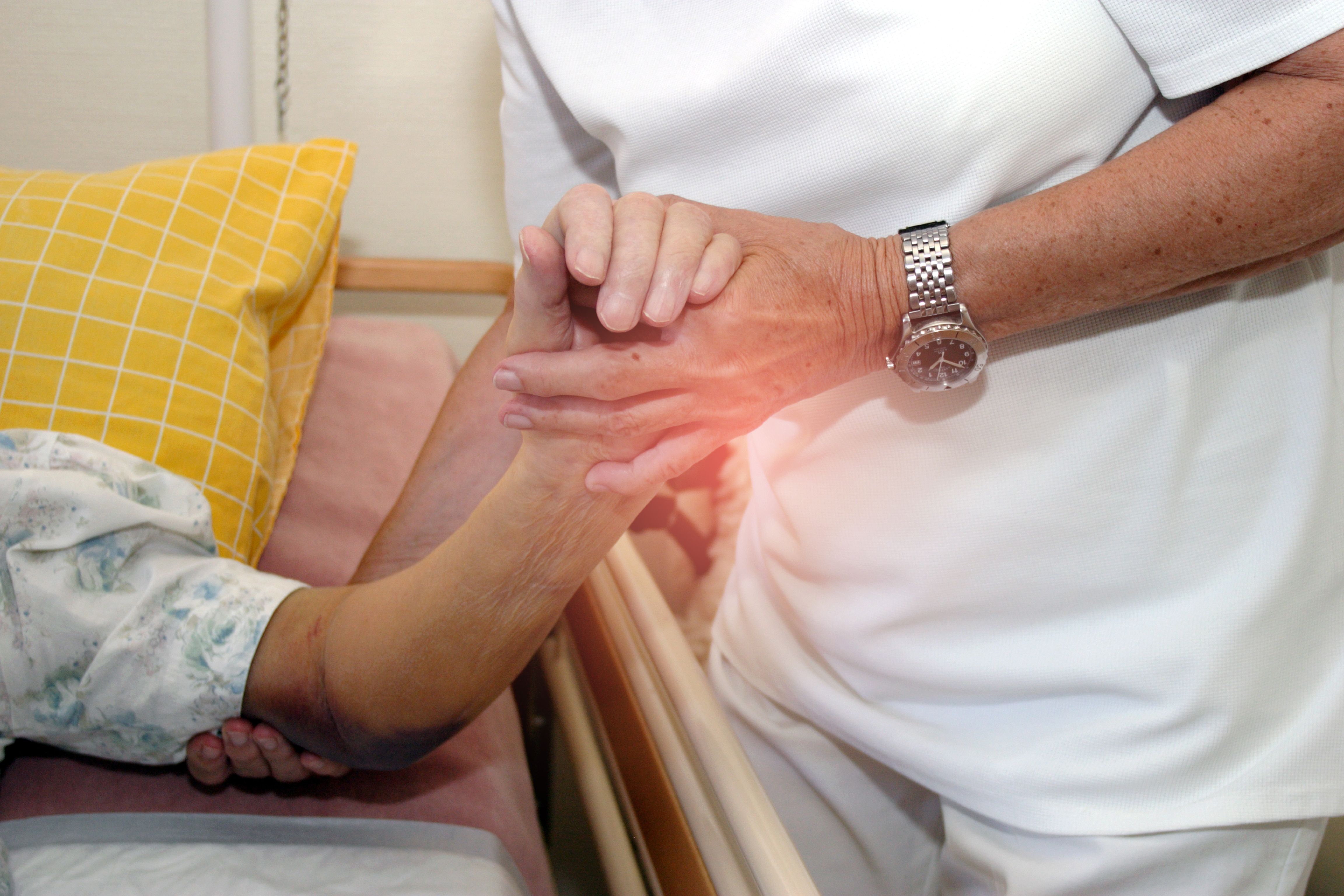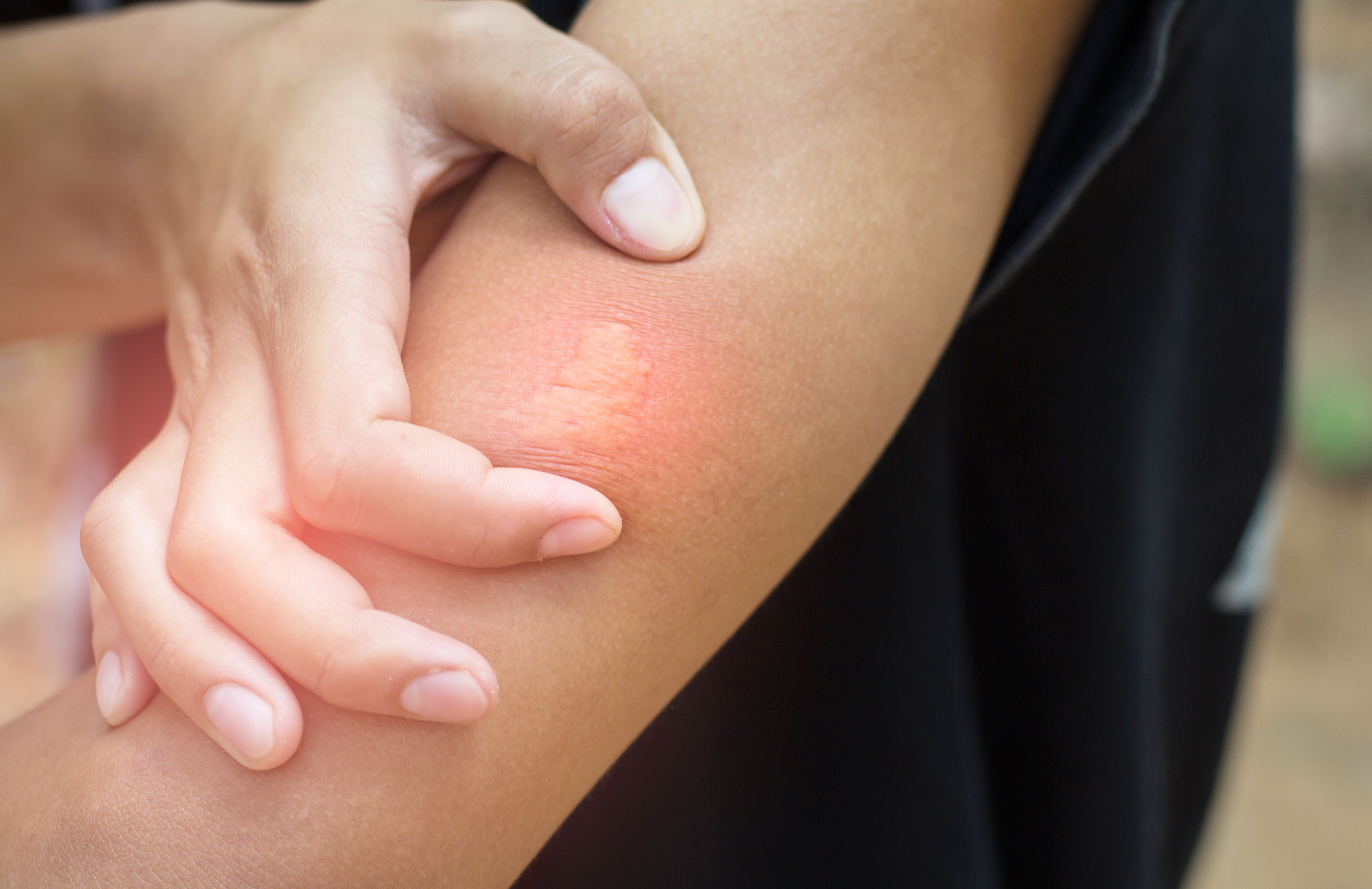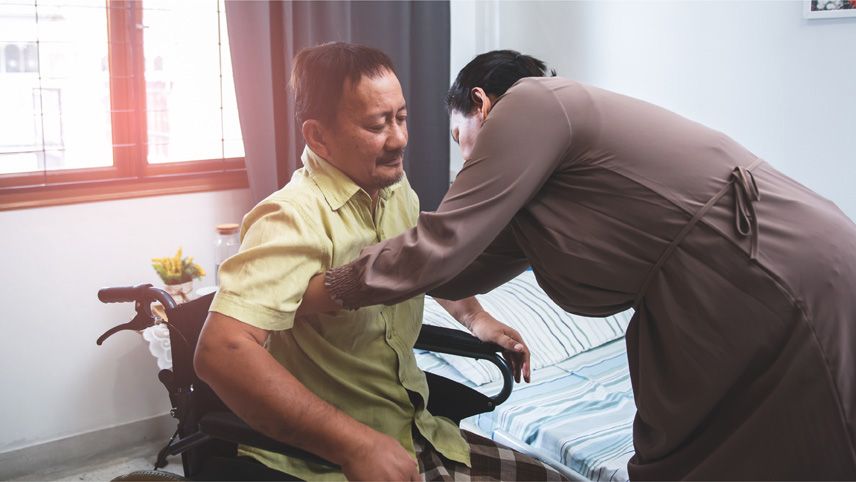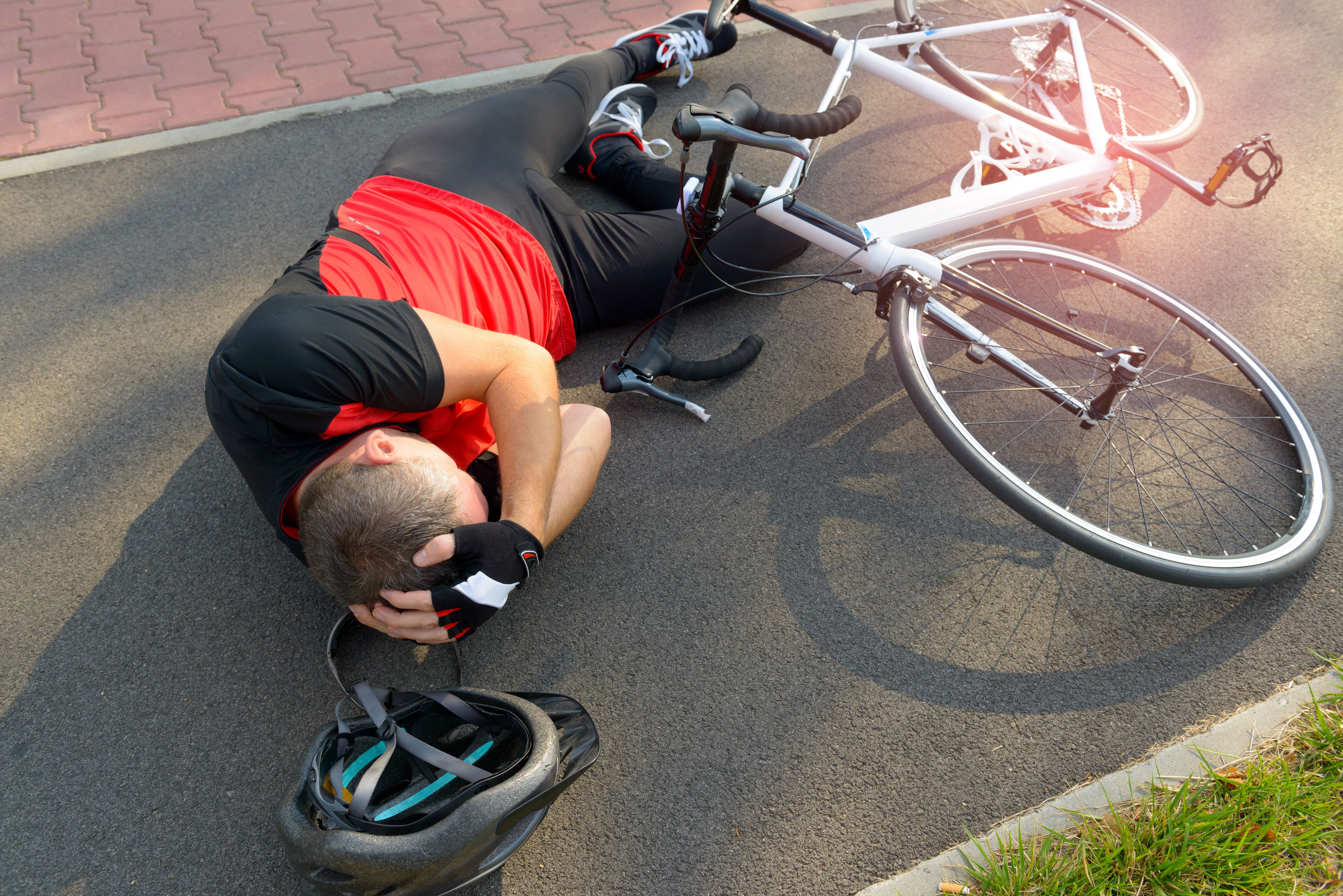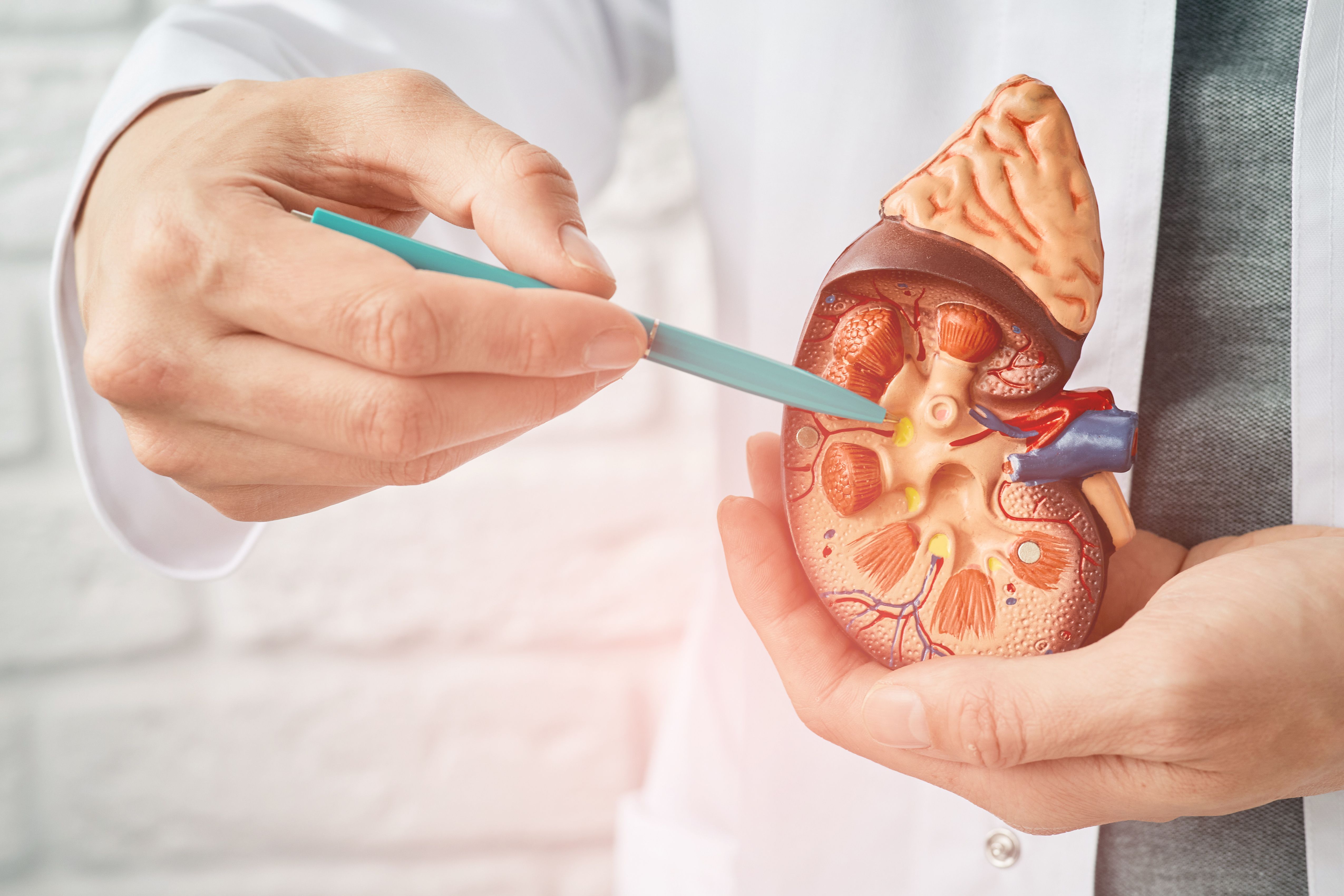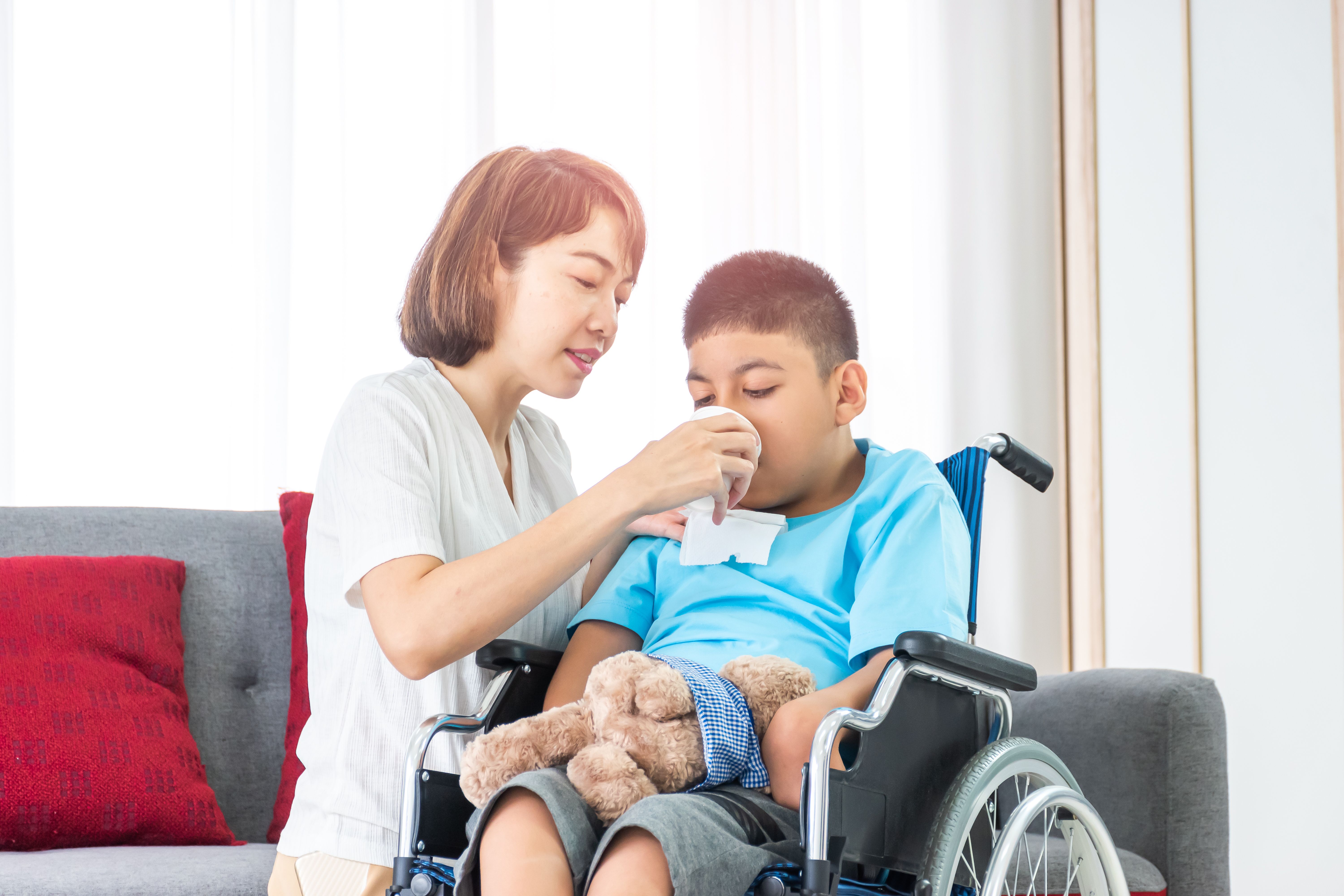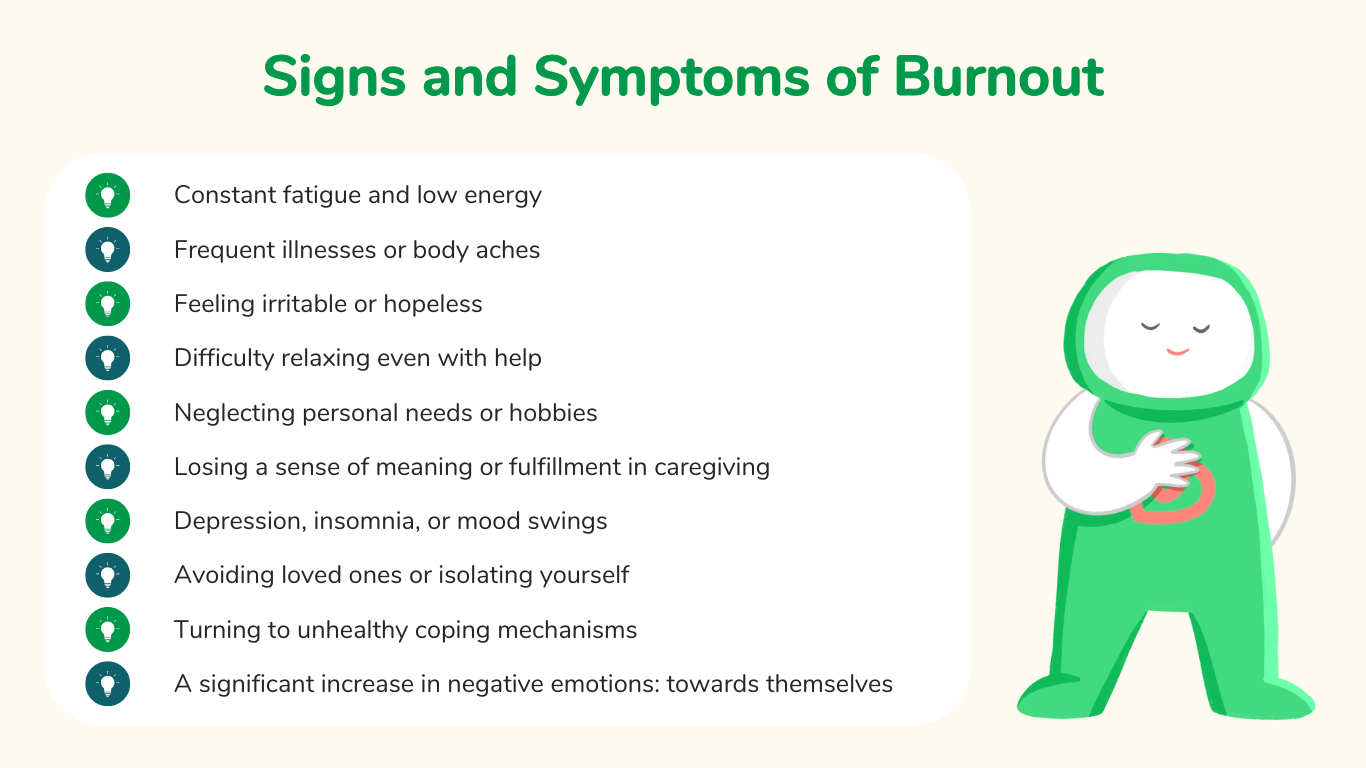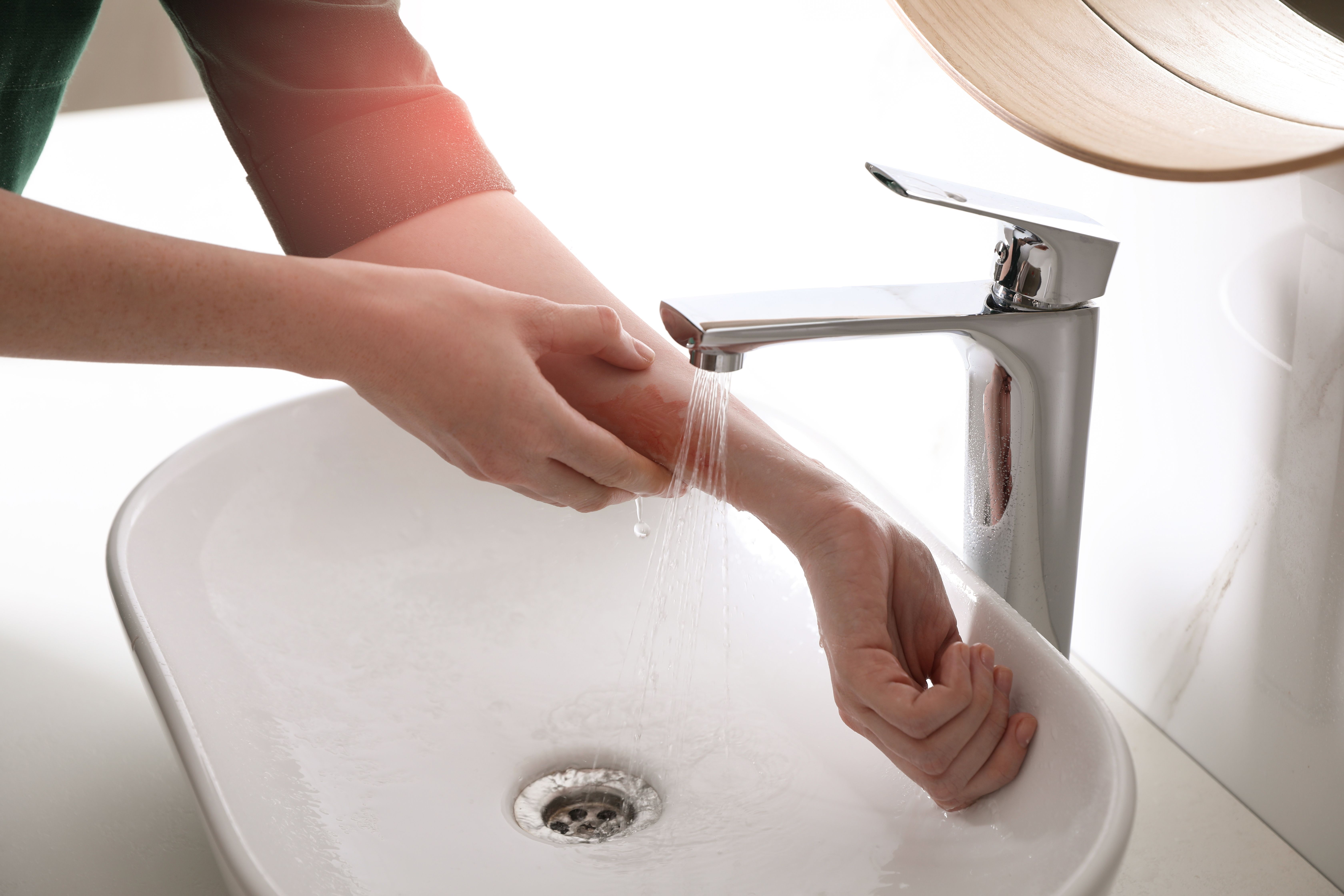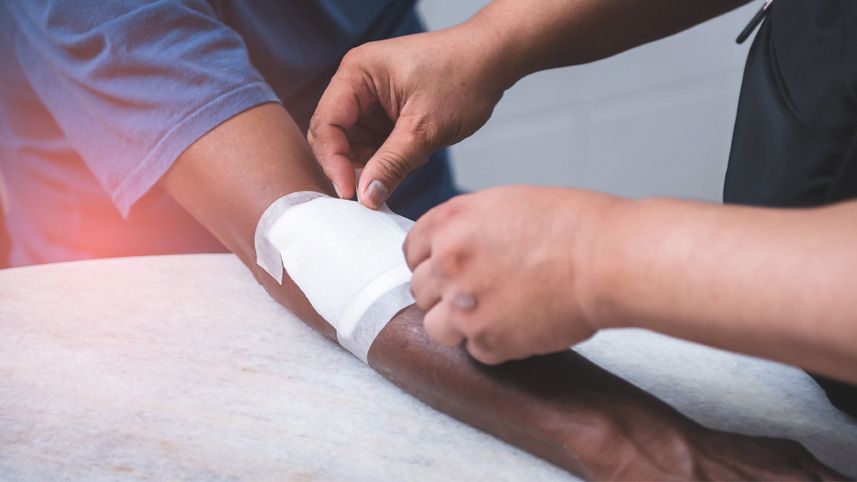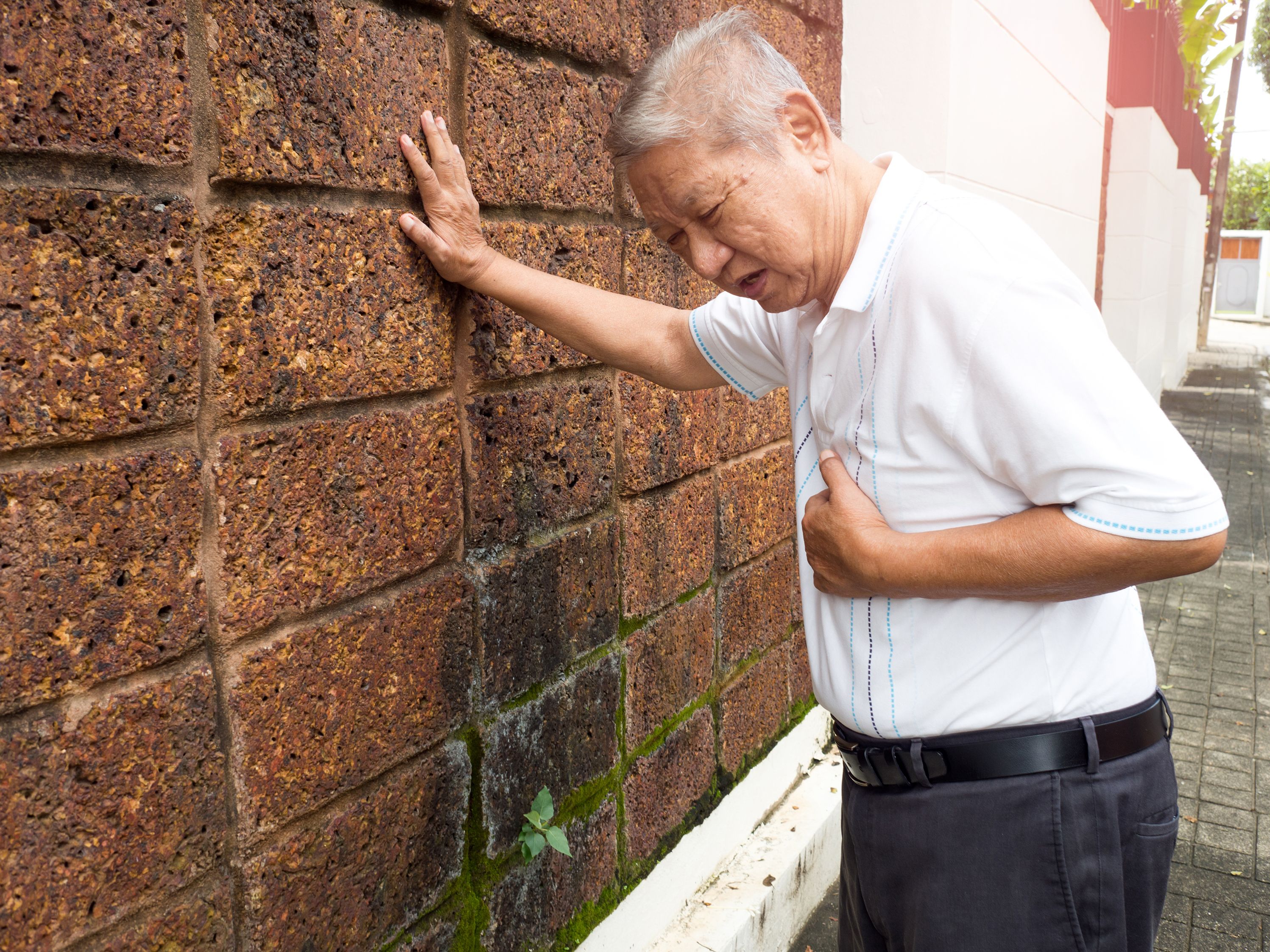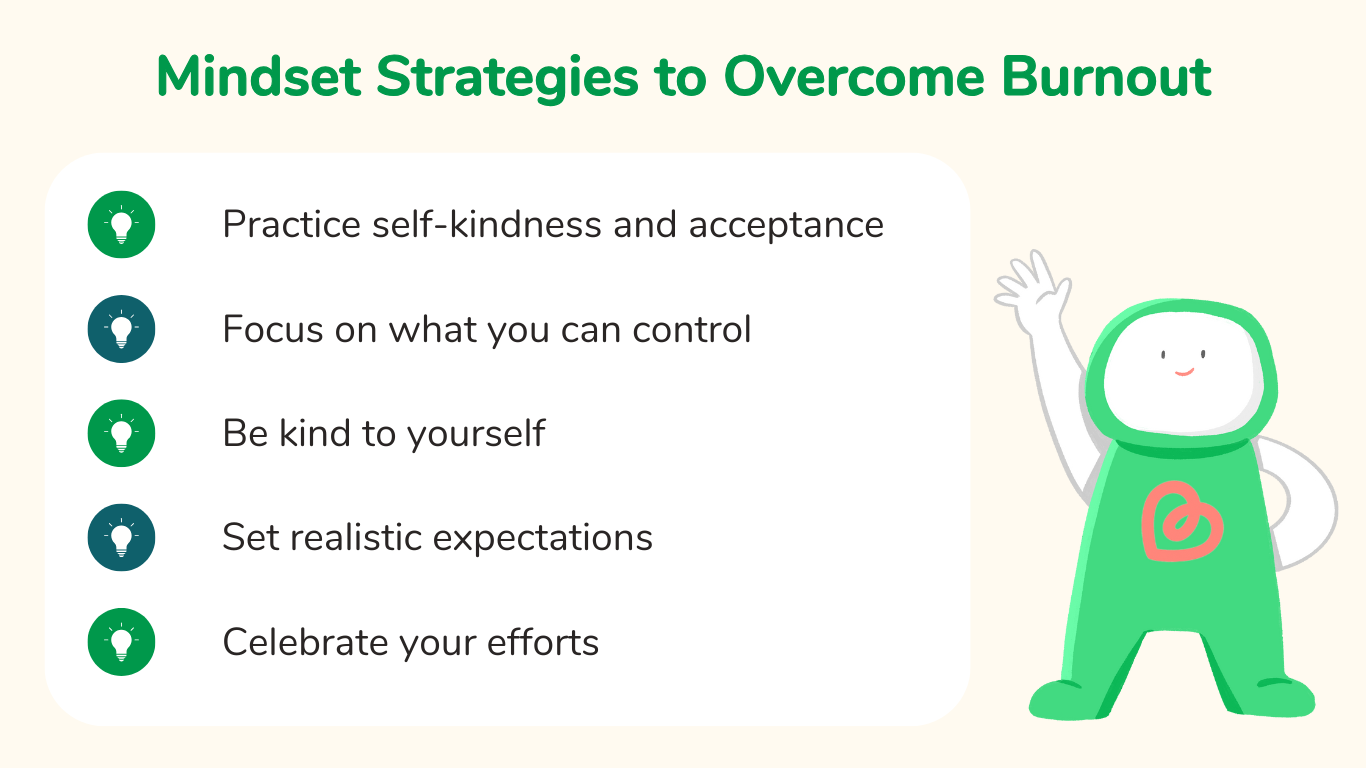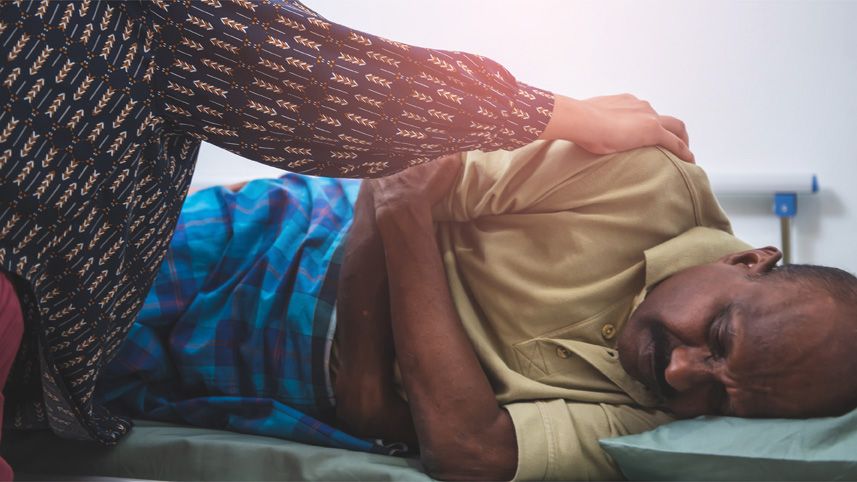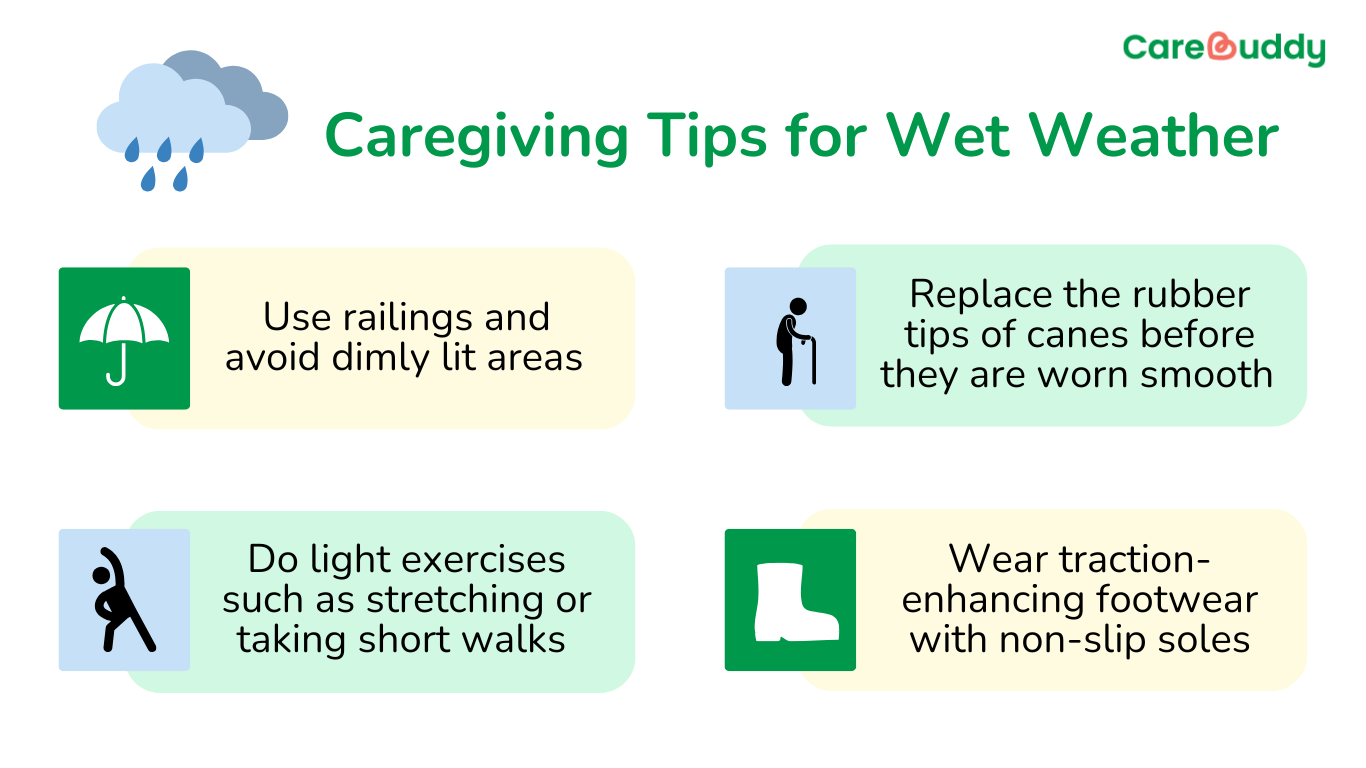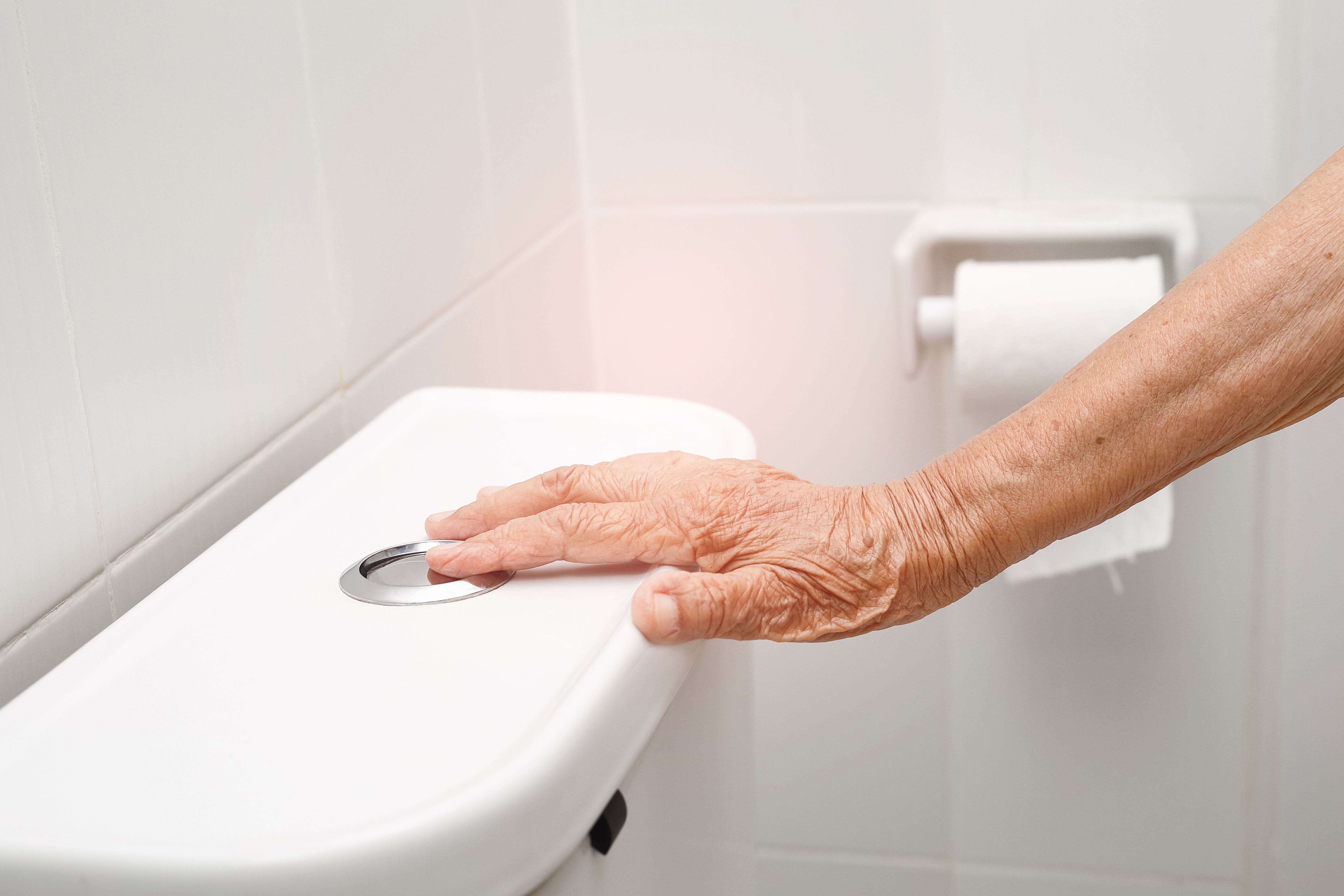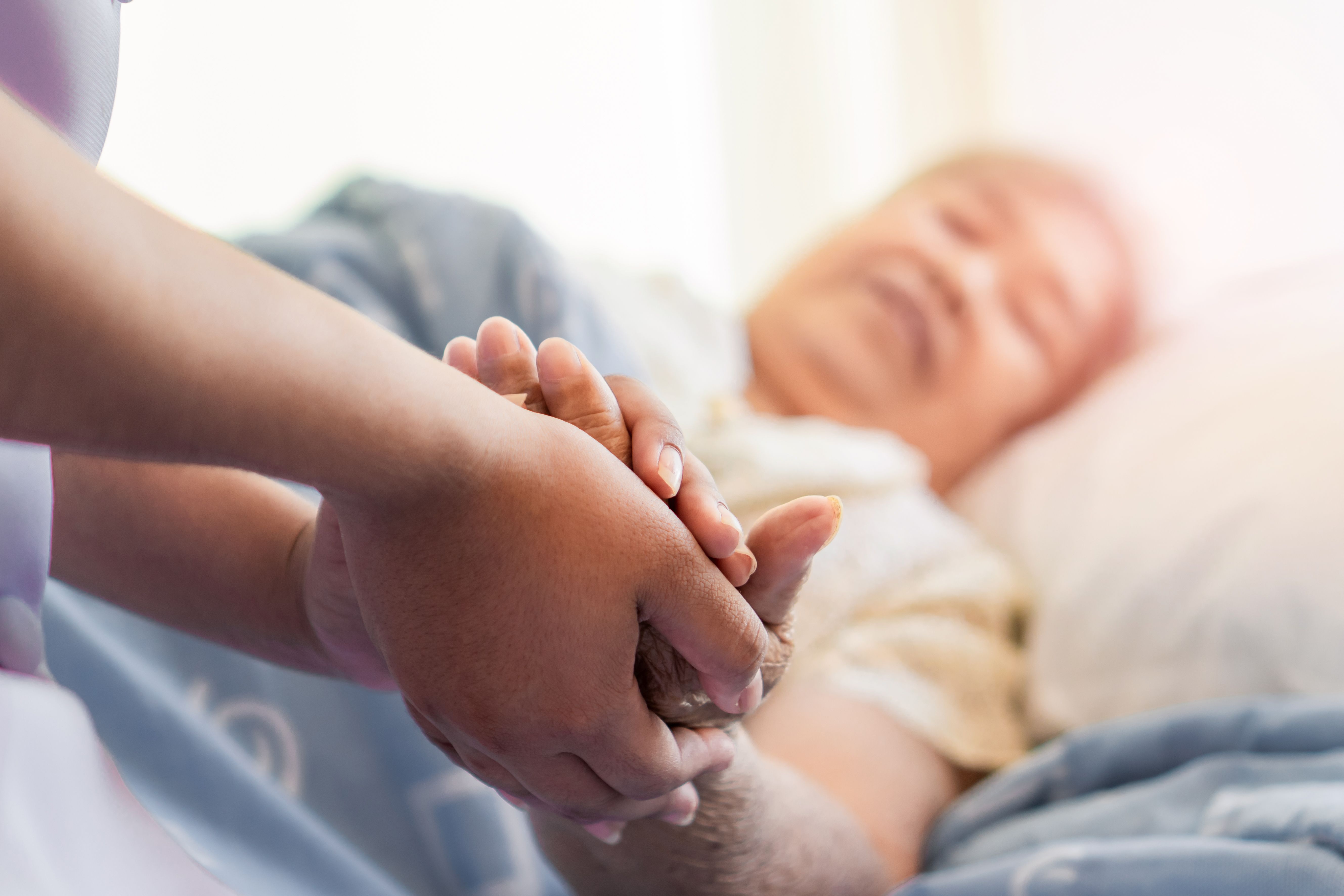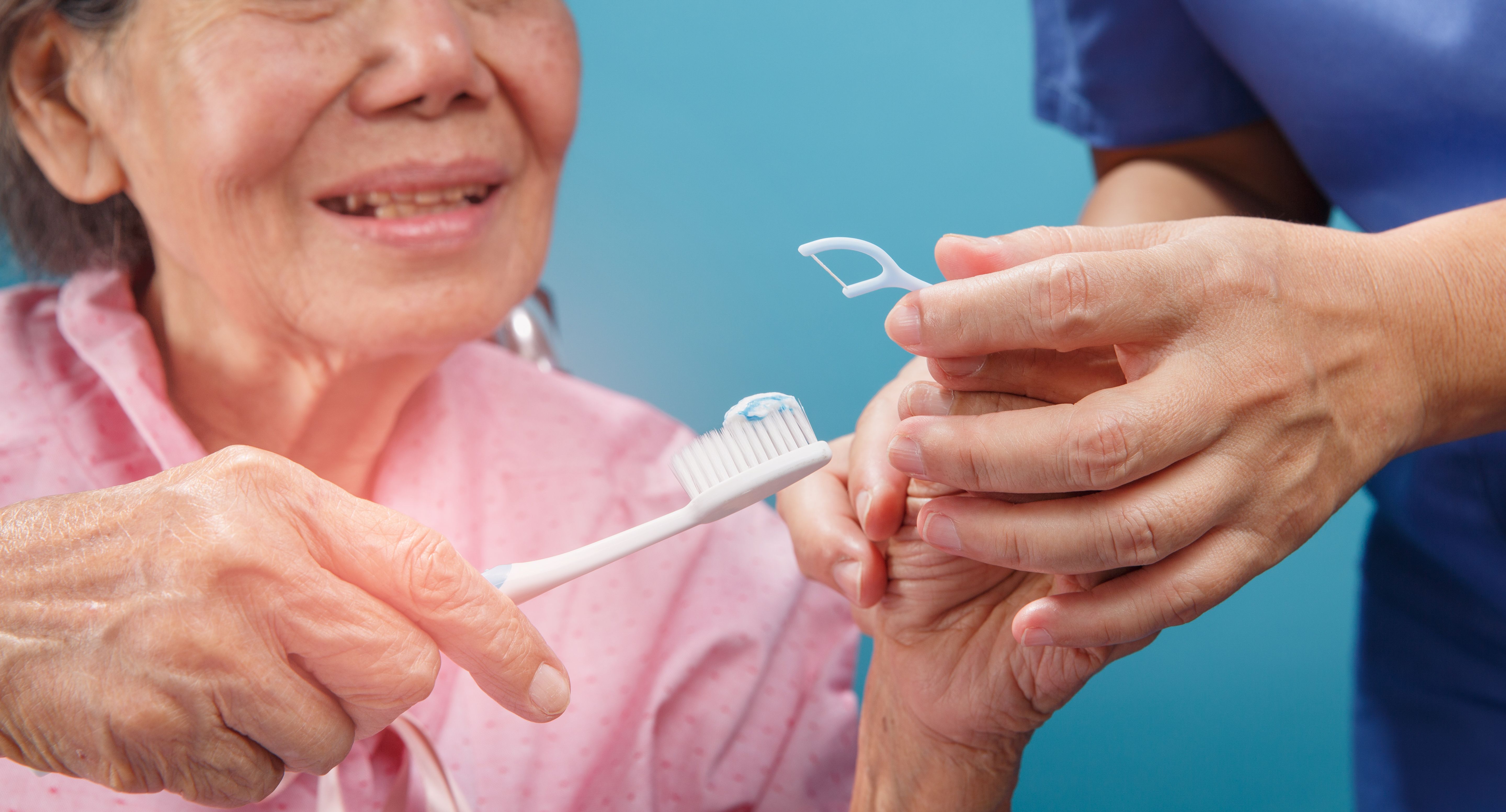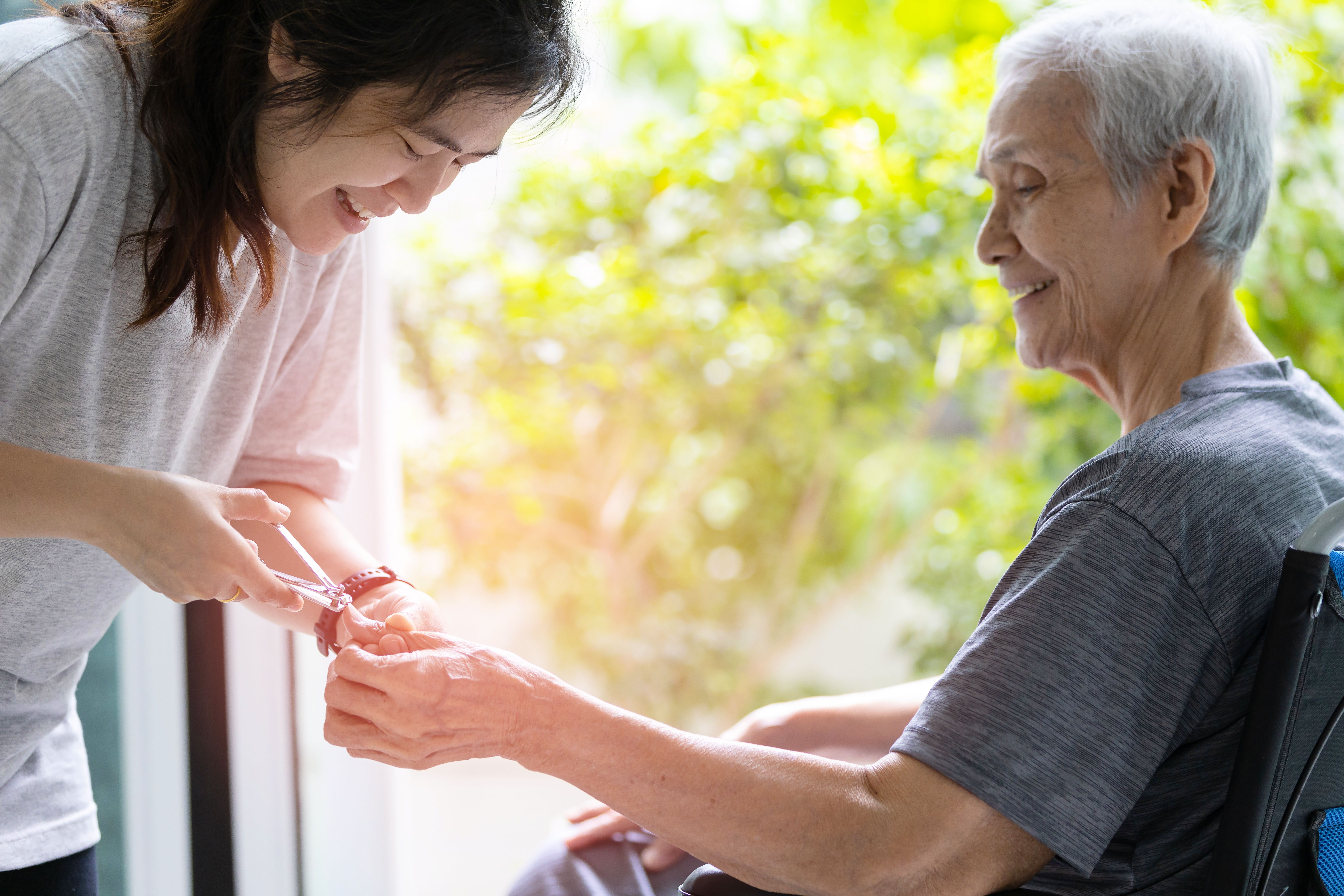Treating common wounds in a timely manner
- CareBuddy
- 4 Mins Read
- 11 Oct 2022
- First Aid & CPR
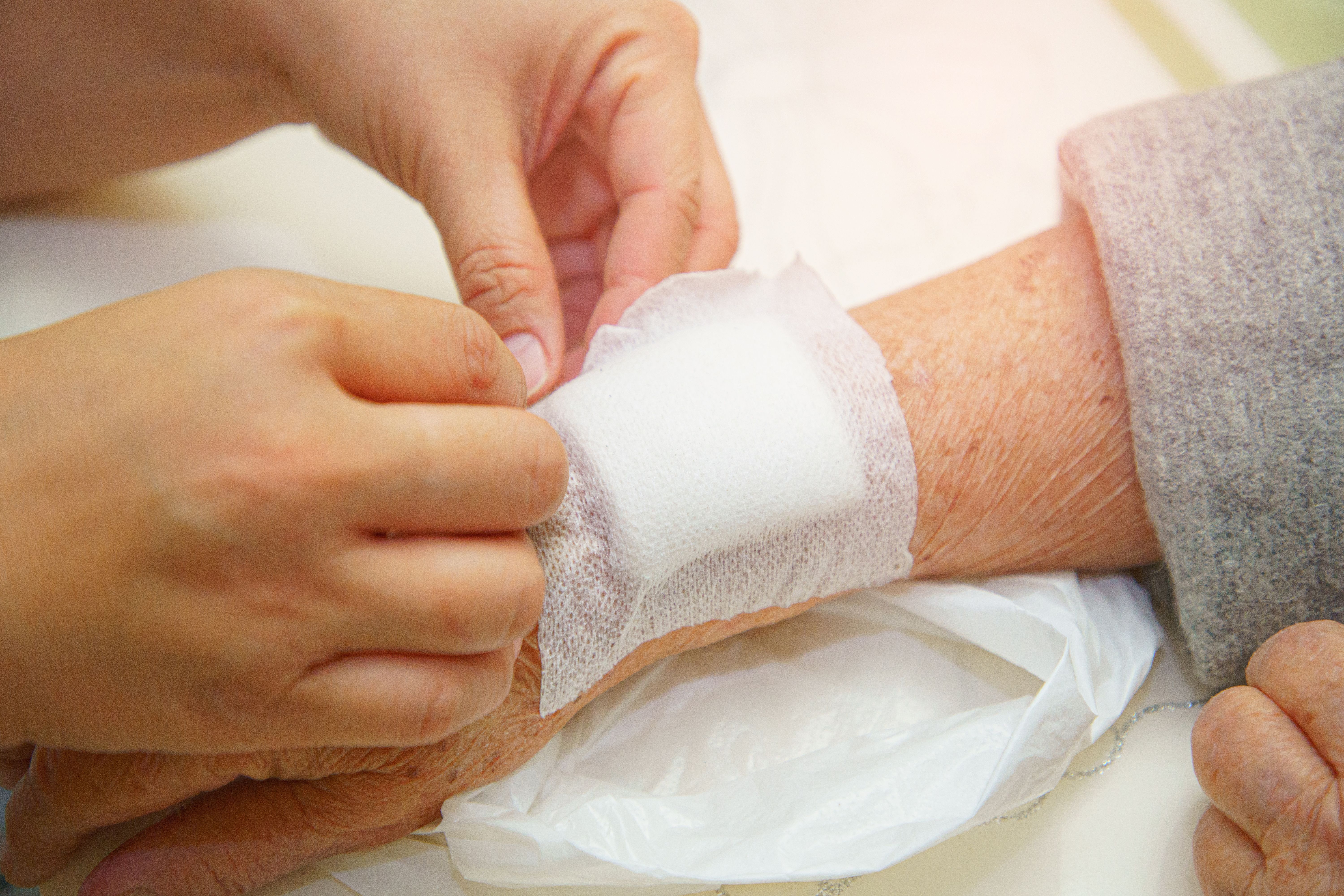
Wounds are a part of life, but that doesn’t mean you can ignore them. Knowing the right first aid and treatment procedures for a few typical kinds of wounds can be useful on a day-to-day basis while caring for a care receiver.
Basic Wound Care Procedures
There are some universal steps that are useful regardless of the type of wound.
- Wash your hands or put on gloves to ensure that you don’t infect the wound and also to ensure that you don’t get infected yourself.
- Irrigate the wound with clean water or another sterile fluid like saline solution.
- Dress and bandage the wound.
- Scrub off any blood with gauze or other sterilised items.
Bruises
Bruises typically happen when a care receiver gets an injury to some area of their skin due to falling or bumping into something. This leads to damage of capillaries (small blood vessels) in the skin, which leads to blood leaking out of the capillaries and appearing as dark marks on the skin, which disappear when the body reabsorbs the blood and the bruise heals.
To provide first aid for a bruise,
- Ice the affected area with an ice pack. The cold temperature makes the blood in the affected area flow more slowly. This may reduce the amount of blood that leaks out of the capillaries. Don’t put ice directly on the bruise but do so after wrapping the ice in a paper towel or cloth.
- Remove the ice pack after about 10 minutes.
Easy and frequent bruising may indicate an underlying condition such as a blood-clotting issue or a blood disease. Please seek medical help in that case.
Incisions and lacerations
Incisions are sharp cuts on the skin made by any sharp object you may typically come into contact with. Lacerations are rough tears caused by crushing or ripping force such as a barbed wire or an animal claw.
To provide first aid for an incision or laceration,
- Wear gloves to prevent infection of both you and the care receiver.
- Wash the wound with normal clean water or any other sterile fluid like saline solution.
- Dry the wound with clean dry cloth or gauze.
- Dress up the wound with gauze.
- Get medical help.
Abrasions
Abrasions take place when the top layer of skin is scraped off, leaving a raw tender area. This often contains embedded foreign particles that may cause infection.
To provide first aid for an abrasion,
- Irrigate the wound under a running tap or syringe.
- Scrub the surrounding area gently with gauze.
- Cover it with a clean and non-sticky dressing such as melolin gauze.
Amputations
These are more serious wounds where a body part has been completely cut or torn off.
To provide first aid for an amputation,
- Apply pressure to the injured area immediately. If a normal pressure bandage is not stemming the blood flow, use a tourniquet (see below image)
- Treat for shock. This is a condition that arises from sudden drop of blood flow through the body. This should not be confused with emotional shock. Find out more about treating for shock at [Link to our shock article]
- Wrap the amputated part in a clean gauze.
- Preserve the amputated part in a plastic bag.
- Place the plastic bag in another bag with ice water or ice. Do not allow the amputated part to come into contact with the ice water or ice.
- Transport both the care receiver and the amputated part to the hospital.
For all these various types of wounds, quick thinking and action can prevent unwanted infections and excessive blood loss, facilitating faster recovery and resumption of normal life for the care receiver.
Article reviewed by David Tay, Senior Principal Educator (Nursing and Prehospital Care), HMI Institute.


